by Amber Provinzano
(read Part 1 of Amber’s report, in case you missed it)
CNHP Botany Team leader Jill Handwerk joined Pam and me in the field a for a few days to see the endangered Colorado butterfly plant (Gaura neomexicana ssp. coloradensis). We also hiked around a few parks and ranches, making counts of the roundtip twinpod (Physaria vitulifera), and wondering how rare plants can survive in habitat that has been so changed by human presence.
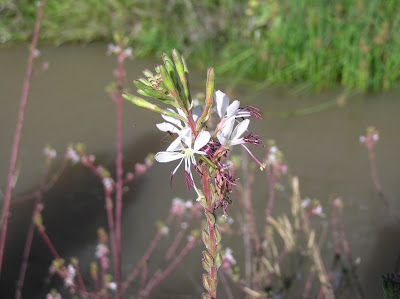 |
| Gaura neomexicana ssp. coloradensis. Photo by Jill Handwerk |
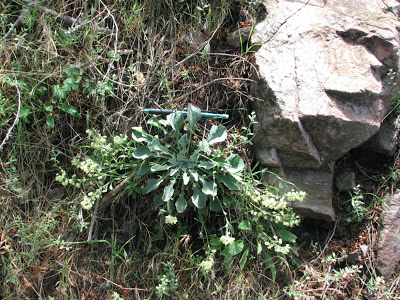 |
| Physaria vitulifera, with a pen for scale. Photo by Pam Smith |
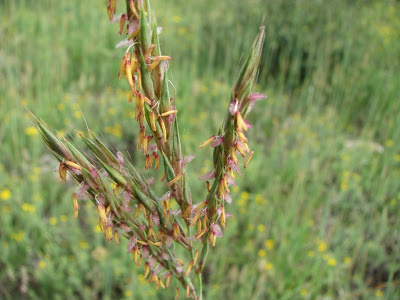 |
| Big bluestem (Andropogon gerardii) in flower, an indication of healthy grasslands. Photo by Pam Smith |
Wetland Work
Later in the season, I participated in a field session of the National Wetland Condition Assessment that CNHP is working on for the U.S. Environmental Protection Agency. Together with field botanists Lindsey Washkoviak and Adam Skadsen, and soil scientist Alan Walters, I collected vegetation data for randomly selected wetlands in Colorado. The areas near Leadville and Nathrop, Colorado were beautiful. Camping on Turquoise Lake was lovely, minus the nightly storms that raged across the Continental Divide. I visited my first fen, and realized that while assessing the nation’s waters is important, I’m not so sure trampling over delicate and precious ecosystems is good for them. Another first for me: seeing pikas (Ochotona princeps) at one of the sites we sampled. Though the squeaking makes them sound like dog toys, they are exceptionally cute.
 |
| American Pika (Ochotona princeps) looking alarmed at having been called a ‘dog toy.’ Photo by Amber Provinzano |
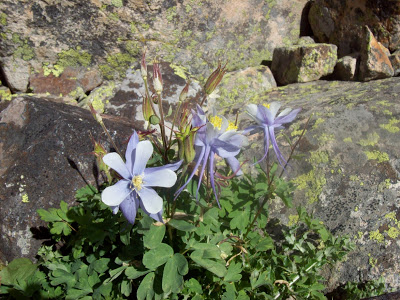 |
| Columbines among the talus. Photo by Amber Provinzano |
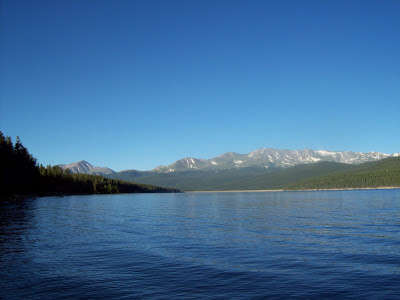 |
| Lake Turquoise at sunrise – Colorado’s two highest peaks, Mt. Elbert (14,440 ft) on the left and Mt. Massive (14,428 ft) on the right. Photo by Amber Provinzano |
This summer was incredible. I am very fortunate to have received these opportunities to travel this great state and see some awesome places, plants, and animals while learning and working with remarkable people. I would like to thank everyone at CNHP, especially those who I worked closely with in the field and at the office, for providing me with the experience, knowledge, and wisdom to do good in the world.
Happy Trails!




